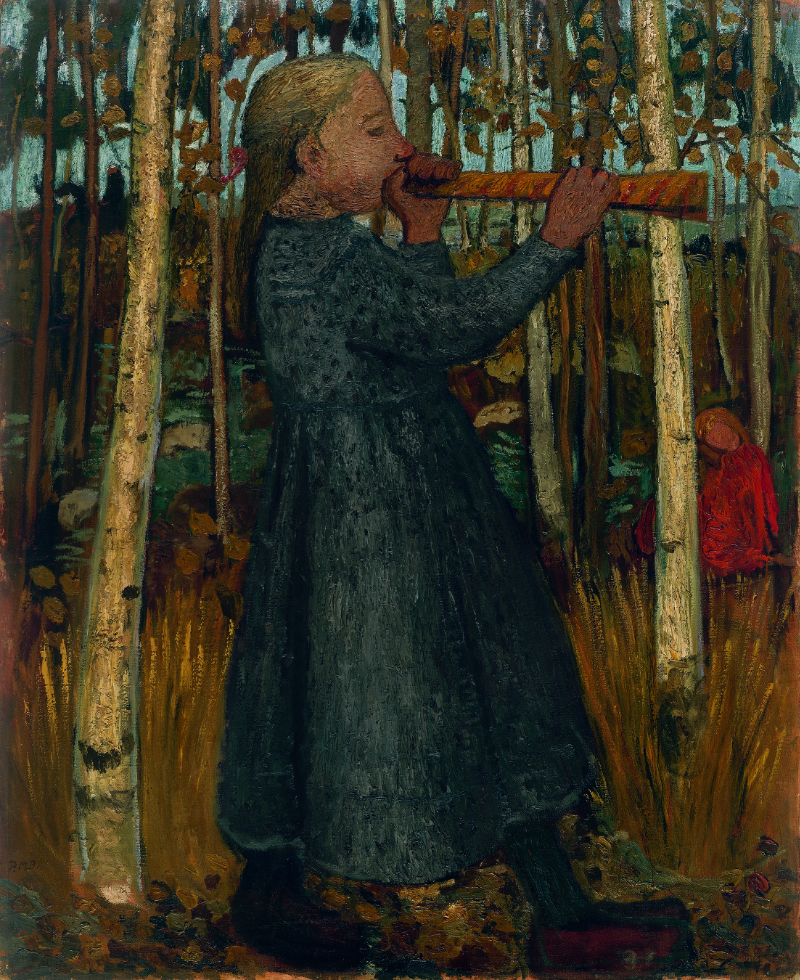
Contributed by Evangeline Riddiford Graham / It sounds suspiciously like Earth Mother art: big nudes, babies, and quite a lot of purple, all underpinned by the conviction that God is female and that the final, necessary stage in becoming a woman is to bear children. But something is off. The nudes are emotionally distant. Preoccupied by breastmilk, the babies show no sign of higher thought. The purple arrives as shadows that renders flesh regal and strange – the purple of 1906, not 1960. And the paintings are extremely good. “Ich Bin Ich / I Am Me,” now up at the Neue Galerie, is the first major US museum show of the paintings of Paula Modersohn-Becker (1876–1907). It is past due and well executed. While the smallest room in “Ich Bin Ich” is a cramped antechamber of tiny portraits and still lifes – almost snapshots – and uncomfortably full with just a few visitors, the two larger rooms crescendo in magnificence, from the oil portraits and woodland scenes to the artist’s revelatory works from 1905 onward, a period of intense productivity that ended with her death in November 1907.
Modersohn-Becker is celebrated in her native Germany as a pioneer of Expressionism and a pathbreaker in her portrayal of women. The wall text declaration that the show includes “the first nude self-portrait painted by a woman artist” is silly, but, for a viewer standing in front of a 1906 Modersohn-Becker painting of a flinty eyed woman who appears to be leaking breast milk, it’s easy to understand the curators’ desire to stress her radicalism and originality. Paula Becker began her career as an artist at a time when German women were barred from publicly funded art schools. With the support of her family – who took liberal attitude to the rights of women, up to a point – Becker studied drawing in London and Paris before enrolling, in 1896, at Berlin’s Association for Women Artists, where female artists paid course fees up to six times the cost of the state’s male-only art academies.
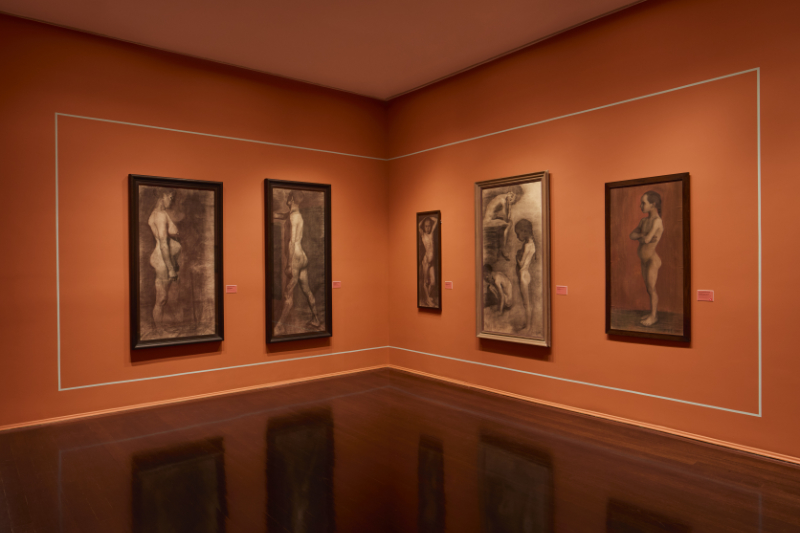
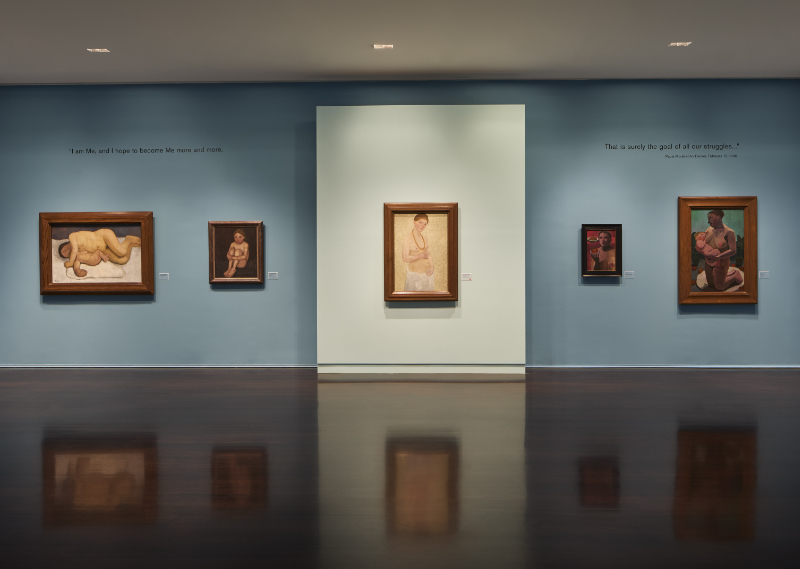
The other avenue for upper-middle-class women to extend their artistic education was to attend, as paying students, an artists’ colony. The Neue Galerie exhibition begins in 1898, when Becker moved to the village of Worpswede to take life-drawing classes with the artist Fritz Mackensen. The first room of the exhibition is devoted to her rarely shown charcoal portraits of Worpswede villagers, many of them women and children from the poorhouse. The drawings are immense and technically virtuosic. Beyond that, they show an artist with the sympathetic wit of a political satirist. The women’s swooping noses and the children’s tense, thin limbs call to mind Honoré Daumier. In the catalogue essay, Jay A. Clarke highlights Becker’s fondness for Lucas Cranach the Younger and Hans Holbein – artists who painted royalty looking like commoners. Turning them on their heads, Modersohn-Becker portrayed villagers “in runic script” – that is, looking like ancient queens and kings.
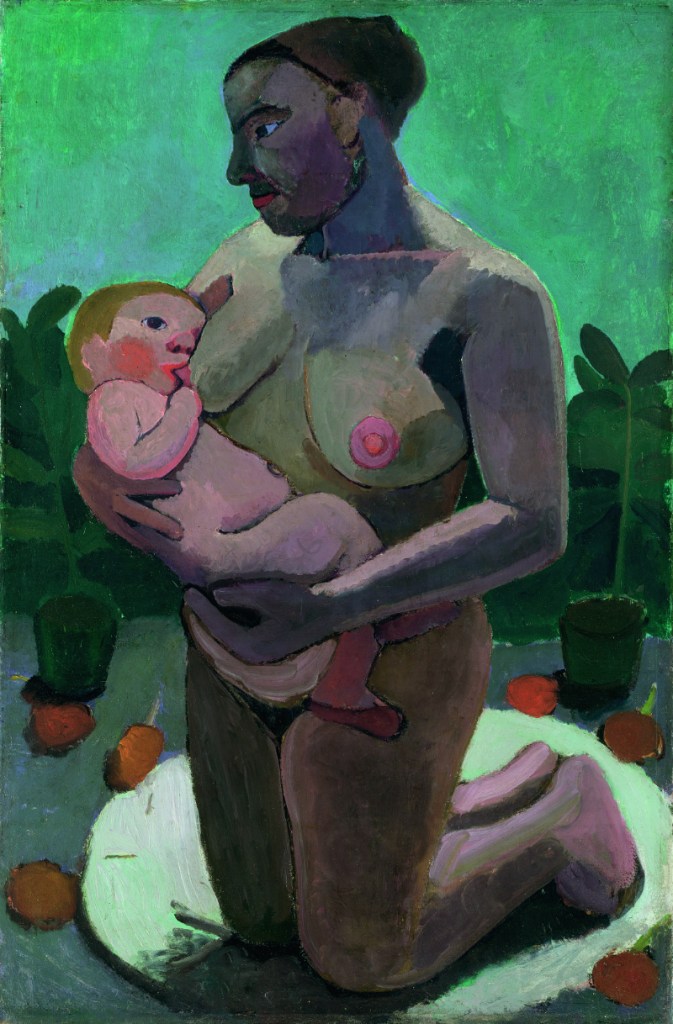
Child at Her Breast, 1906, oil tempera on canvas mounted on wood (Staatliche Museen zu Berlin, Neue Nationalgalerie)
Modersohn-Becker depicted Worpswede with an eye to fairytale. Yet the scenes she painted are more picaresque than picturesque. Children strut and tromp between the silver birches she affectionately referred to as “slender young virgins … my ‘modern women.’” An older woman from the poorhouse sits monumental among the trees, wearing her good hat. In an especially weird painting, a girl holds a daisy to her face, her features hollow with the stunned expression of a child who is experiencing, perhaps for the first time, an idea. Though they might inhabit a russet-brown woodland, these are, undoubtedly, peopleish people. In his monograph on the Worpswede group, the poet Rainier Maria Rilke, a member and acute observer of the community, criticized the artists’ flattening of villagers as mere decorative elements in their landscape paintings. This slight might not have applied to Modersohn-Becker. Both a clear-eyed and a condescending figure in her life, Rilke failed to mention any of the women artists of Worpswede despite his passionate friendship with Becker and the sculptor Clara Westhoff; the trio wrote poetry together and described their collaboration as that of a three-leaf clover.
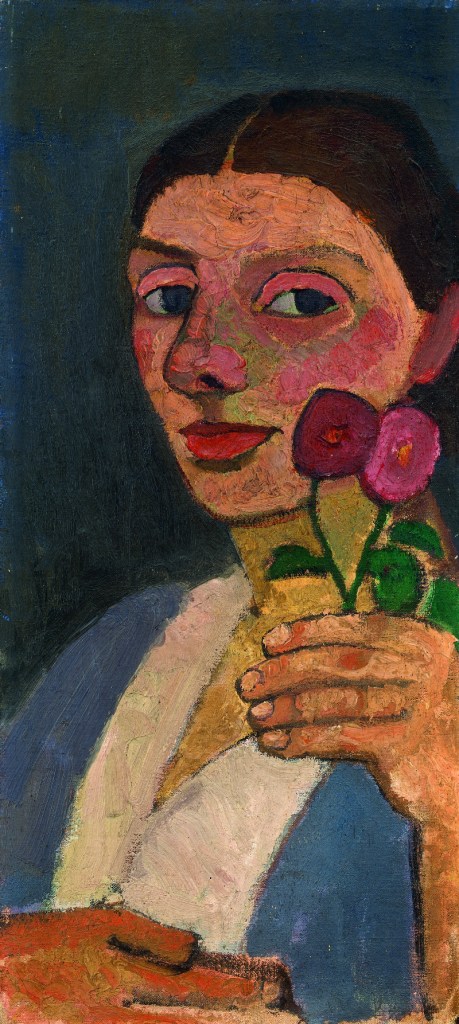
Flowers in Her Raised Left Hand, 1907, oil on canvas (Jointly owned by The Museum of Modern Art, New York, Gift of Debra and Leon Black, and Neue Galerie New York, Gift of Jo Carole and Ronald S. Lauder. Conservation was made possible by the Bank of America Art Conservation Project.)
In 1900, Becker became engaged to the established landscape painter Otto Modersohn, who had a small daughter, Elsbeth. At her parents’ urging, Becker prepared for married life by attending cooking classes in Berlin. (I like to think that up until that point, she had been too busy in the studio to bother with eggs outside of tempera.) Yet the artist was distressed when Rilke and Westhoff married not long before her own wedding, worried that domesticity would diminish Westhoff’s career. For herself, she swore, “Just because I’m getting married is no reason for my turning into a nothing.” This wasn’t so easy. In 1906, Modersohn-Becker left her husband and rented an artist’s studio in Paris. With her newfound independence, the experiments of her 1905 work, influenced by her growing interest in contemporary art movements, exploded into paintings that are utterly uninhibited in their appreciation of the female body and what it’s like to live in one.
Where the Worpswede faces looked like ruddy wild apples, the women and children of 1906 and 1907 resemble plums at the end of summer, about to burst out of their shining skin. (Or maybe they look like summer women about to burst their corsets. Modersohn-Becker was a committed sunbather in Worpswede. When she moved to Paris, she performed nude exercises in the sunlight of her open studio window.) The portraits of this period are of a woman who has done her time on the commune and come out with a spiky, potent confidence in her own self-knowledge.

Glass, ca. 1902, oil tempera on cardboard, Staatsgalerie
Stuttgart, acquired in 1968, formerly Hugo Borst Collection
In the last years of her life, Modersohn-Becker depicted her some of her naked models breastfeeding. Here, the Madonna and the nude merge in a single body – fusing, as curator Jill Lloyd notes in her catalog essay, “two categories that would have been considered rigidly separate, if not downright contradictory, at the time.” These paintings, in the flesh, seem even larger than their dimensions. The woman lying down to suckle her infant in Reclining Mother with Child II might be a slab of limestone but for the delicate sympathy with which she and her baby mirror each other, their bodies tucked together in exhausted intimacy. (And privacy: the woman’s protective arm conceals the baby’s head from view.)
The centerpiece is Modersohn-Becker’s Self Portrait on Sixth Wedding (Anniversary). The three-quarter portrait is close to life-size, and brings the artist, naked, into the room with us, unmistakable in her favored amber beads, her pointed nose. Her gaze, fixed just past our shoulders, is that of an artist looking resolutely forward. “This constant rush towards the goal is the most beautiful thing in life,” she wrote to her mother. “It is a concentration of my energies on that one thing.”
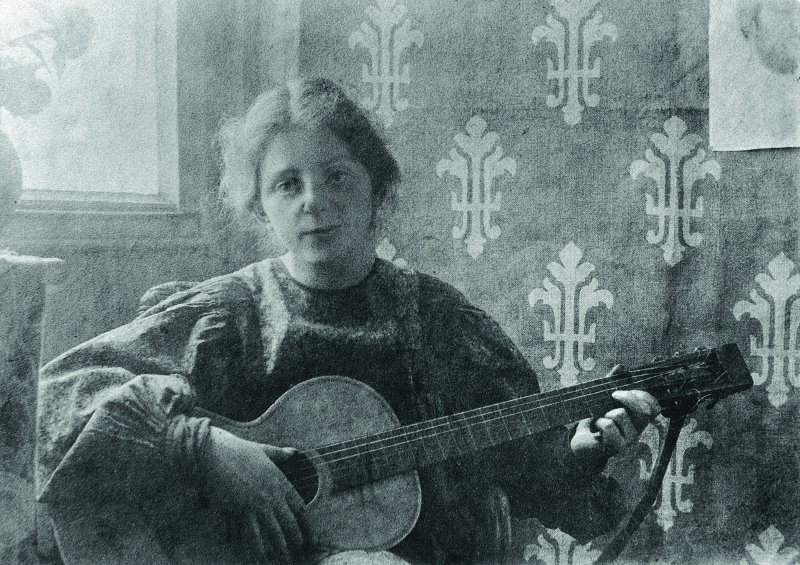
The paintings from these final years are emphatic; at the same time, they ripple with formal sleights of hand and sly observation. In Self Portrait with Camellia Branch, one of my favorite self-portraits from the show, the artist has painted herself backlit. Her eyes shine like those of a cat in the shadows. Unfortunately, this playfulness is lost in the pale reproduction in the catalogue. Indeed, none of the three color catalogues available in the museum shop adequately represent the artist’s idiosyncratic approach to lighting her subjects, instead bleaching the color or upping the contrast—and rendering the images more conventional in the process. The disappointment of the various color plates makes me wonder if Modersohn-Becker’s teasing, experimental approach to shadow – and the difficulty of reproducing that slipperiness – is one reason she isn’t better known outside Germany. Half Nude Italian Woman with a Plate in Her Raised Hand and Kneeling Mother with Child at Her Breast are, in person, triumphant transgressions in purple, orange, and magenta.
The faces of her women, self-portraits included, are often cast in shade. The effect is one of hide-and-seek: even as we pay homage to their bodies, the women seem to be somewhere else. They seem to be busy thinking. Near the end of 1906, Modersohn-Becker returned to Otto and Worpswede. In a letter to Rilke, she mentions “eternal worries about money,” which Lloyd points to as a possible factor in the artist’s apparent about-face. By the spring of 1907, she was pregnant. She continued to paint, writing to a friend of her appetite for “something full, an excitement and intoxication of color – something powerful.” Mondersohn-Becker gave birth to her daughter Mathilde in early November of 1907. She died that same month, of a postpartum embolism.
Downstairs at the Neue, the beloved Klimt women, painted in the same period as Modersohn-Becker’s last works, seem ludicrously fey and insubstantial, disappearing into dresses that, in turn, disappear into wallpaper. I suspect Modersohn-Becker, with her round nude belly and proud thick legs, would have laughed at them.
“Paula Modersohn-Becker: Ich Bin Ich / I Am Me,” Neue Galerie, 1048 Fifth Avenue, New York, NY. Through September 9, 2024.
About the author: Evangeline Riddiford Graham is the senior managing editor of Public Seminar, The New School’s online magazine of art, ideas, and debate. She hosts the poetry podcast Multi-Verse and is the author of the poetry chapbooks Ginesthoi (hard press) and La belle dame avec les mains vertes (Compound Press).

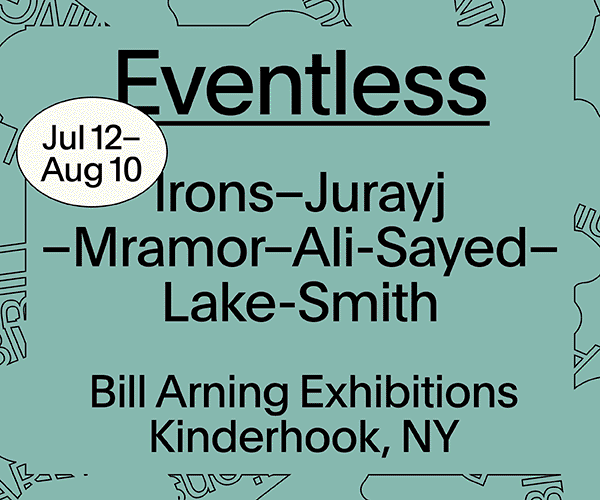
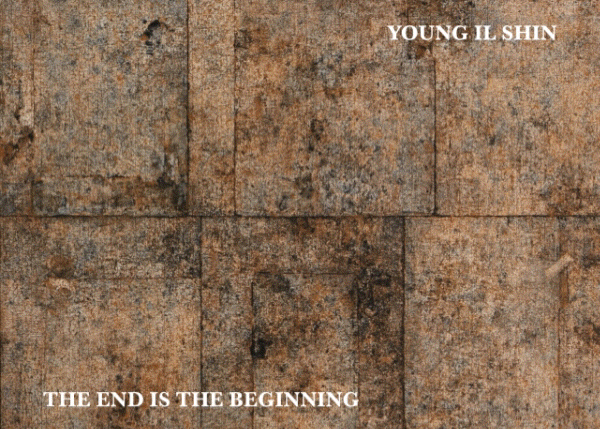
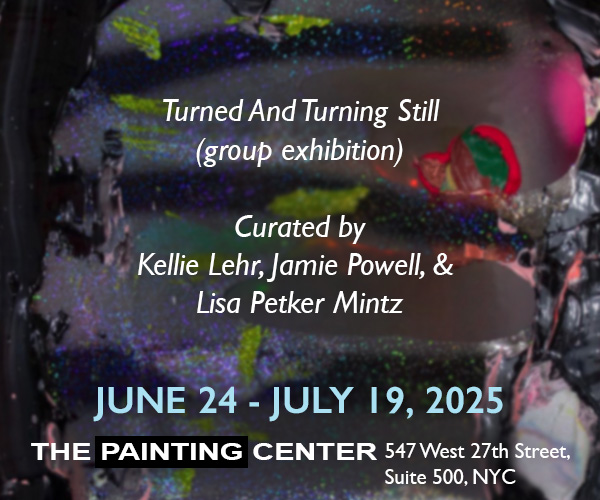
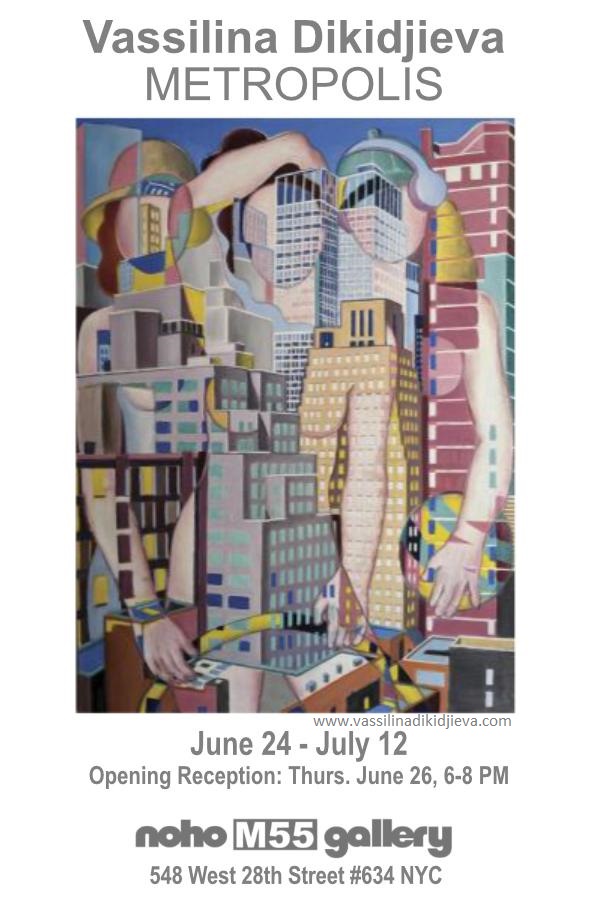
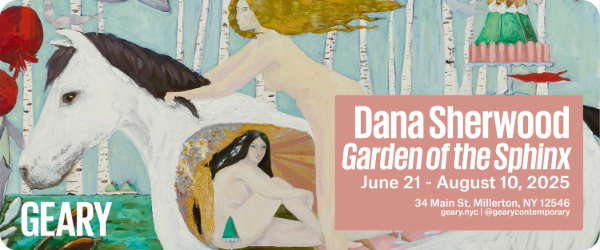










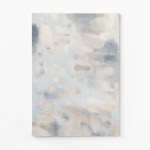
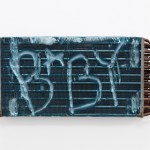
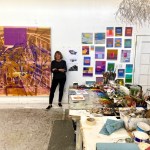
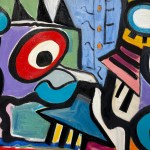
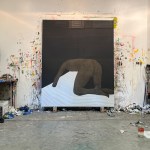
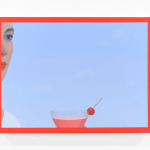
Impressive layering, erudition, and insight about an under-sung artist. Brava.